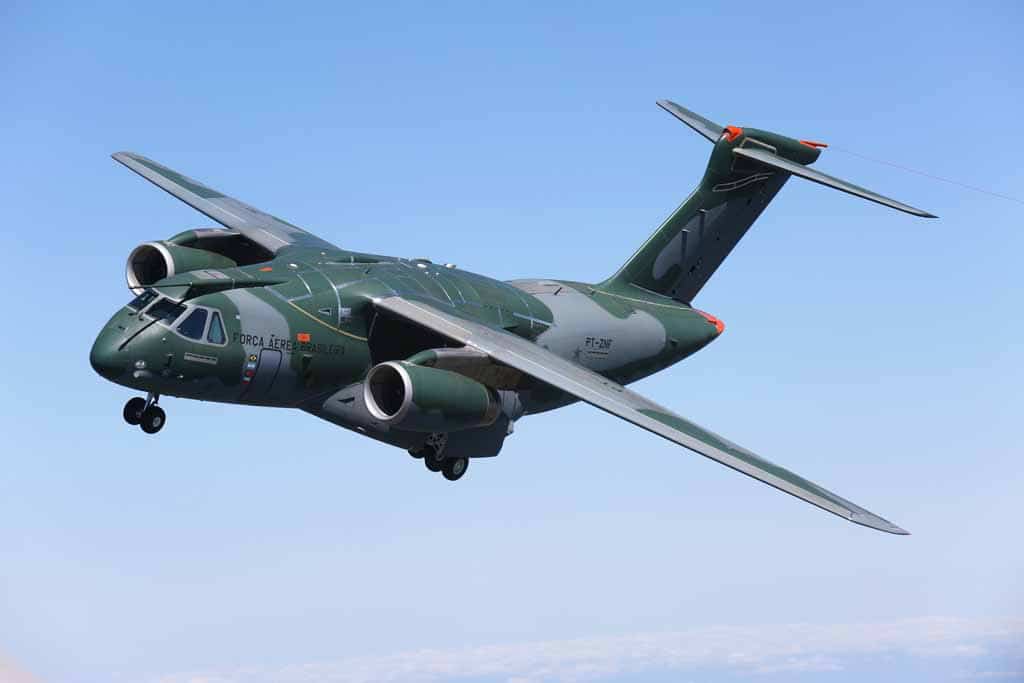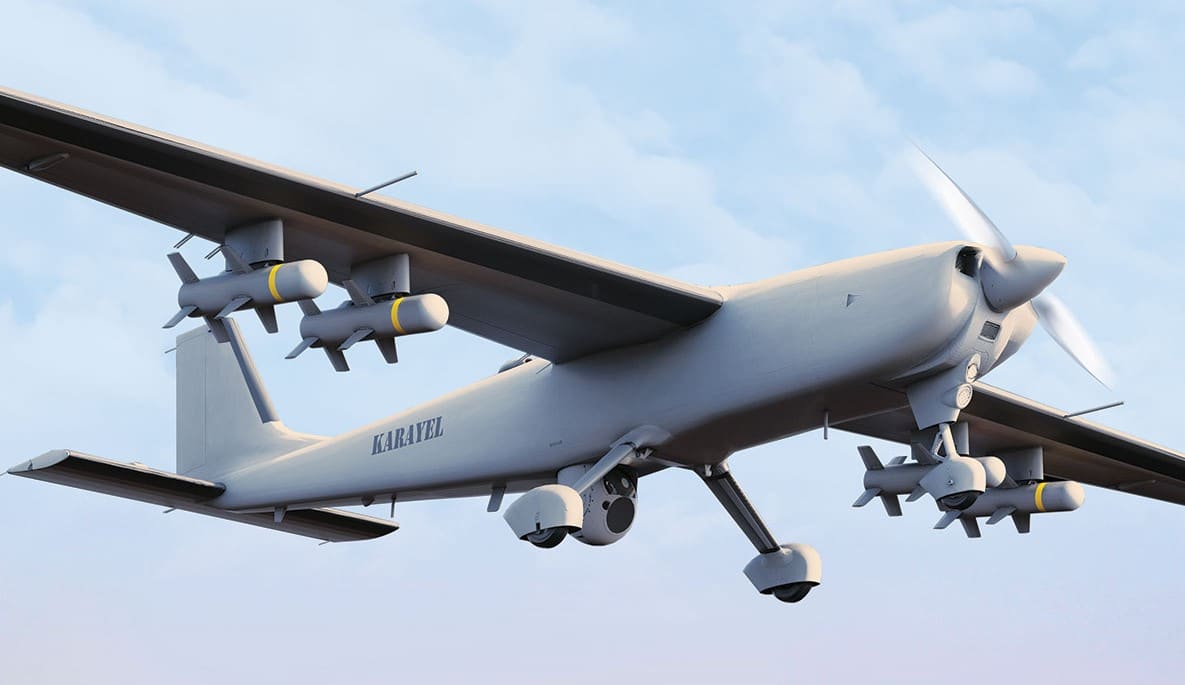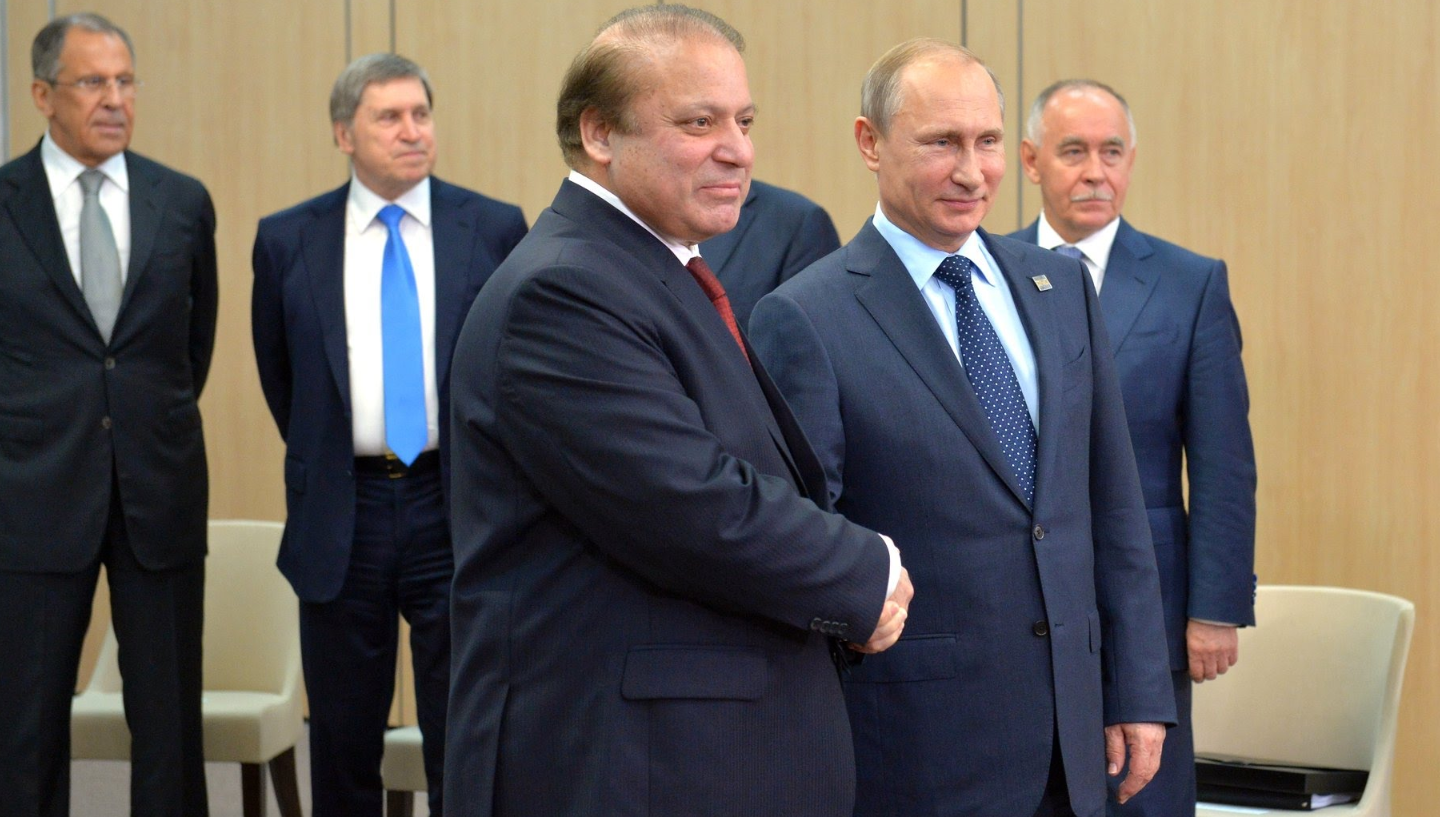2315Views 0Comments

Embraer KC-390 successfully conducts dry-contact refueling tests
Embraer and the Brazilian Air Force (FAB) successfully ran the KC-390 through a dry-contact run with a FAB F-5M using the Cobham Wing Air Refueling Pod (WARP) installed on the KC-390.
Although fuel was not transferred from the KC-390 to the F-5M, the test did validate the KC-390’s ability to connect with a fighter via hose-and-drogue.
The test was conducted on 19 February near Santa Cruz airbase in Rio de Janeiro.
As per Embraer, the KC-390 has demonstrated that it can refuel low-speed aircraft, such as helicopters and transport aircraft, including other KC-390s.
The FAB intends to bring the KC-390 to initial operating capability in 2017, and full operational capability in 2018. With the KC-390 test work is scheduled for completion by the end of 2018. Embraer is currently promoting the KC-390 to prospective markets, especially in Europe and the Middle East.
Embraer is positioning the KC-390 as an alternative to the Lockheed Martin C-130J Super Hercules. As a multi-role tanker and transport (MRTT) platform, the KC-390 is can lift a payload of 23 tons, which is the area of the C-130J’s payload capacity of 22 tons.
With a 23-ton payload, the KC-390 has a ferrying range of more than 2,500 km. With its normal payload (22 tons), the C-130J has a substantially longer range at close to 3,900 km.
Although the KC-390 is more regionally-focused, it is powered by two International Aero Engines (IAE) V2500-E5 turbofan engines – i.e. the same turbofan model used by the Airbus A320. Embraer claims that the KC-390 will have among the lowest life-cycle costs among medium-lift transport aircraft.
Notes & Comments:
Despite being a shorter-legged platform than the C-130J, the KC-390 is a comprehensive package for air arms seeking to collapse logistical channels whilst maintaining key operational capabilities.
Countries that are primarily using transport aircraft for domestic and/or regional logistics duties will not be troubled by the KC-390’s shorter range. The KC-390’s ability to operate as an air-to-air refueling tanker negates the need for a dedicated refueling platform, while the IAE V2500-E5 turbofans will interest countries benefitting from A320 maintenance, repair and overhaul (MRO) facilities.
While a promising platform, prospective customers may wait for the KC-390 to build a credible report to attest for its performance, versatility and durability. Embraer is confident, but many prospective buyers will want time before deciding. If it establishes maturity, the KC-390 has the attributes to succeed over in the long-term, especially with budget-conscious countries studying successors for legacy C-130B/E/Hs.


